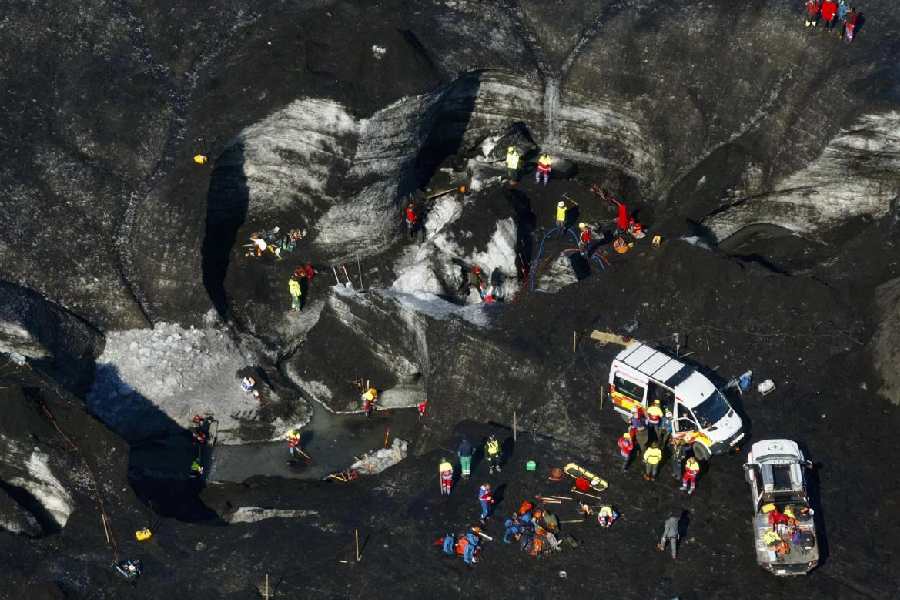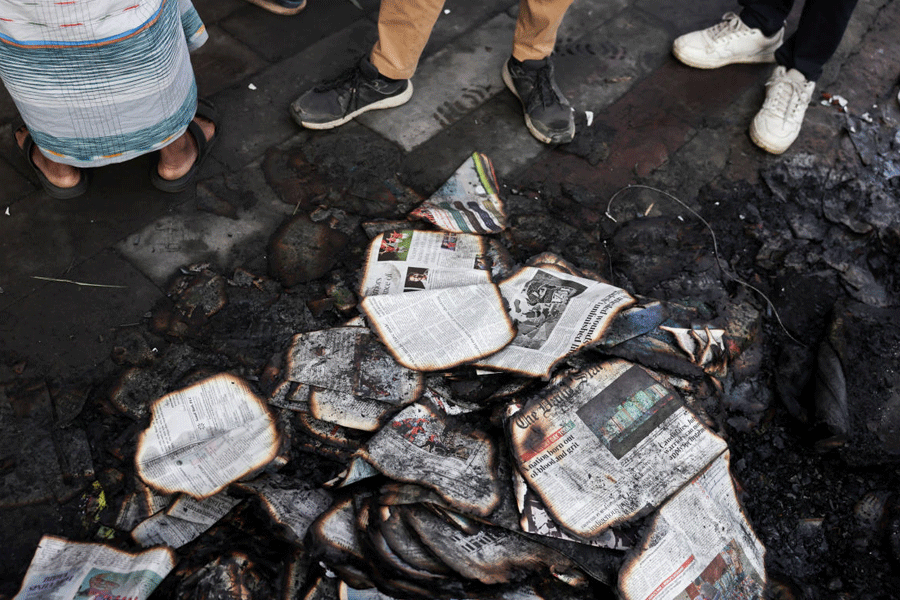An American tourist was visiting an ice cave in one of Europe’s largest national parks last month when a frozen arch collapsed, killing him and injuring his girlfriend.
While the accident in Iceland cannot be directly linked to climate change, experts say that, as temperatures increase, the recession and disappearance of glaciers has popularised a new form of adventure travel called “last chance tourism”.
As more people rush to see glaciers before they melt, places like Iceland have benefited from a booming tourism economy. Half a million people now visit Iceland for glacier tours every year, according to Elin Sigurveig Sigurdardottir, chief of operations for Icelandic Mountain Guides, an agency that leads trips on a separate glacier within Vatnajokull National Park, where the accident took place.
The American couple was on a tour at the foot of the Breidamerkurjokull glacier, which has ice caves, formed from meltwater, known for their brilliant blue walls. They’re most accessible at the base of glaciers, which are massive frozen rivers of compressed ice and snow that creep slowly down mountain slopes.
The Icelandic park service has temporarily suspended ice cave tours while the authorities review the episode and emergency procedures.
“It’s a good example of the consequence that climate change can have on glacier tourism,” Emmanuel Salim, an assistant professor of geography at the University of Toulouse, said of the accident.
Now, experts say, as glacial tourism gains popularity, it might also require more guardrails.
That’s because receding glaciers come with risks. Increasing meltwater can make these formations more prone to collapse. A glacier’s moraine, the collection of rock and soil it leaves behind as it moves, can also become unstable as ice melts, causing dangerous rockfalls or landslides.
Tour operators are working on adaptation strategies to keep glacier tourism open, according to Salim, like increased maintenance on the hiking paths, bridges, stairs, and handrails that provide access to glaciers. Insulating blankets are sometimes placed on a glacier’s surface to decrease the rate of melting, especially near ice caves.
These caves, popularised by otherworldly images posted by photographers on social media, have been nicknamed “gold mines” by guides in Iceland, but extreme heat can destabilise the cave features. The tours that used to be more common in the winter have expanded into summer. Summer temperatures in Iceland are rising as the globe warms, largely driven by the burning of fossil fuels.
And with more people entering the caves, the risk of accidents increases.
“There are more outdoor enthusiasts, but glaciers are also more unstable than they used to be,” said Trevor Kreznar, general manager of Exit Glacier Guides in Kenai Fjords National Park, Alaska. “If there were just more enthusiasts but glaciers remained the same as in the 1980s, it wouldn’t be as big of a deal.”
Guides typically evaluate the state of glaciers based on experience, but as climate change affects the dynamic environment of a glacier, those decisions becomes trickier, said Johannes Theodorus Welling, a postdoctoral researcher in glacier tourism at the University of Iceland.
“Emerging events can happen that never happened in the past,” Welling said. Such hazards might require early warning systems for glacial collapse and contingency plans for operators and emergency personnel, he said.
“I always tell my clients: People don’t die on the glacier, they die under the glacier,” Kreznar said of the caves.
Corin Lohmann, owner of IceWalks, a tour operator on the Athabasca Glacier, part of the Columbia Ice Field in Jasper National Park, Alberta, said his company had to reroute the trail to the foot of the glacier two or three times every season because of glacial melt. His routes have also been affected by wildfires in recent years, including one that closed access to the glaciers this summer. If not for those closures, 2024 would have been the busiest year on record since the company was founded in 1985, Lohmann said. But that growth probably won’t last.
New York Times News Service











